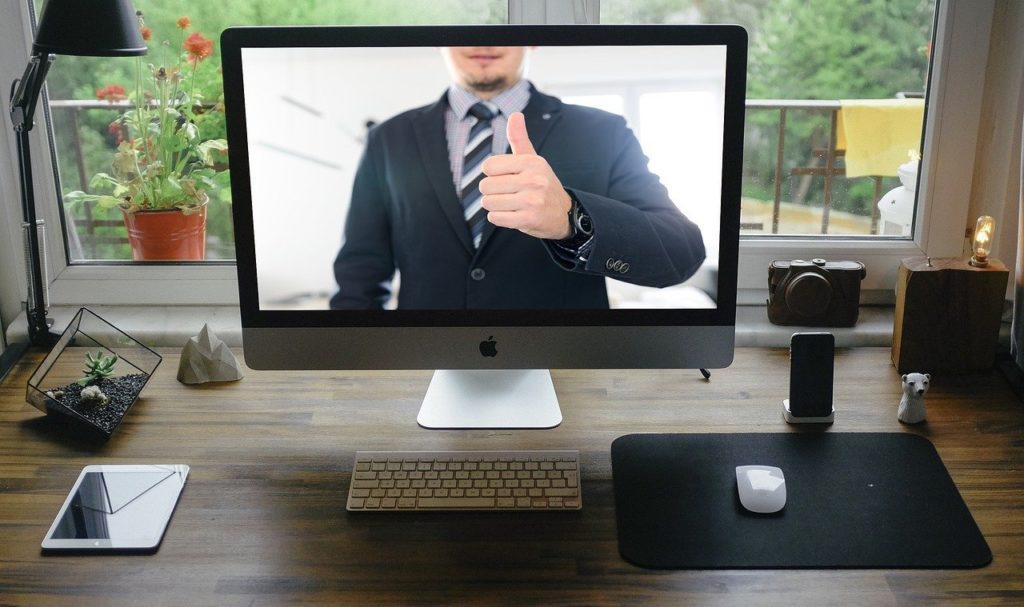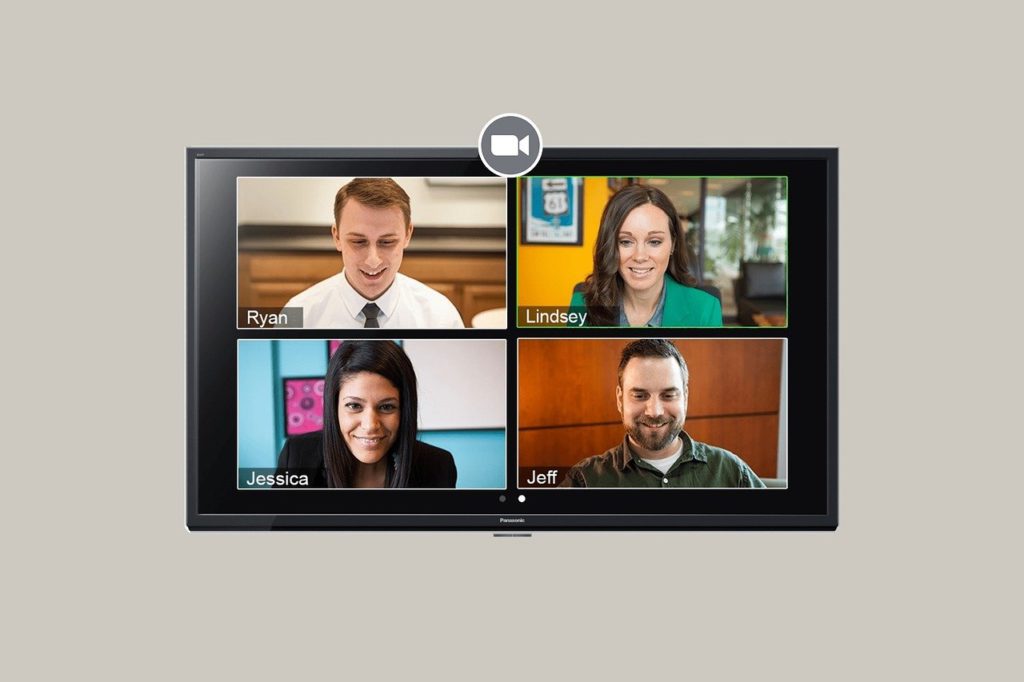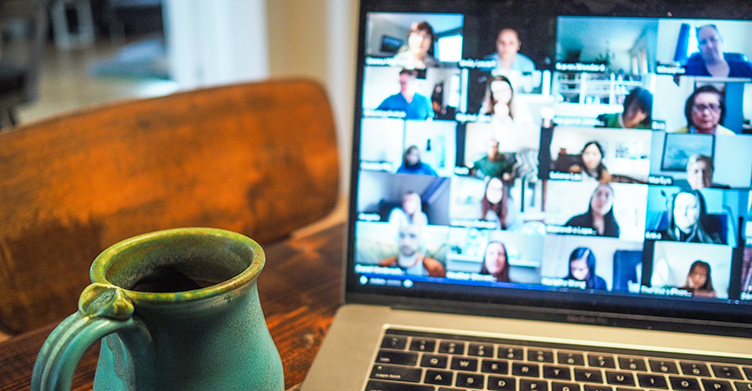Amid a global pandemic, we are striving to get results without being able to meet face-to-face. We need to lead our teams, but we need to do it screen-to-screen. There are several platforms available, all which do a great job at enabling the screen-to-screen experience. Granted, but why is it so much more difficult than running a face-to-face meeting?
At the best of times, most of us are anxious speakers.
Our shyness, nerves and anxiety revolve around what to say and how to say it. Those feelings do not just go away when we meet with others virtually. Our discomfort grows when we add to that the ‘newness’ of these virtual platforms, the limitations of internet bandwidth and the discomfort with always being on screen.
A few months ago, we were used to letting our mind wander while watching TV. Now, it’s watching us! A further complication is interpreting facial expressions when participating in a screen-to-screen meeting.
Micro-facial expressions are essential to our understanding of one another.
On screen, facial expressions all but disappear, are distorted or frozen for a moment due to internet connectivity. Eye contact, so critical in face-to-face communication is difficult to achieve on screen. It is hard to know where to look.
As a default, we tend to look at ourselves (yikes).
Some of us are exhausted with screen-to-screen meetings. It seems that all our social interaction is on screen. Our job, family, club, church, and even our doctor all occurs at home, on screen.
What has not changed for leaders, is the need to plan, manage and facilitate our team meetings.
Importantly, we need to engage our meeting participants. That said, many of us were not always successful engaging our teams when we met face-to-face. Screen-to-screen meetings just exacerbates the problem.
Here are 5 important virtual meetings best practices for zoom and other social platforms:
Clothing

Dressing appropriately, contributes to your presence, where dressing inappropriately takes away from it.
The rule is to dress for your audience. If your office dress code is business casual, then dress that way for your virtual meetings.
Here are some additional guidelines to keep in mind when on camera:
- Avoid bright coloured clothing and accessories; they tend to reflect light and are too vivid on camera. Instead, wear a blue, gray, pink, or beige shirt/blouse
- Avoid black suits/jackets which tend to diminish your appearance because they absorb too much light. Instead, wear a medium colored suit, best bets are blue/dark blue, gray, and brown
- Avoid fabrics with complicated patterns such as checks, tight/close stripes, herringbones, tweeds, and loud plaids. Fabrics of this design tend to strobe and or flutter on camera which can be distracting
- Wear clothes made of natural fabrics that tend to breathe easily under the warm studio lights. This allows you to remain feeling cool and comfortable
- Avoid shiny jewelry that may sparkle, or any jewelry that rattles and may cause a distracting noise
- Style your hair off your face to avoid shadows. A clearer view of your face allows the audience to see your expressions and connect with you more when you speak
Lighting
Merriam Webster dictionary defines “in the best light” as – “in a way that makes someone, or something appear in the best way.” This is especially true when you participate in a screen-to-screen meeting. Many people do not consider proper lighting at all, and it shows. Regrettably, it reflects on their ‘presence’ as well.
The good news is you don’t have to invest $100’s in Hollywood lighting to show up “in the best light.” Ambient light can do the trick. Face a window if you have one in your workspace. If that does not produce the desired effect, consider augmenting your space with additional lighting.
Sound
It always makes great sense to procure a USB microphone or a USB computer headset with microphone for your virtual meetings to eliminate echo and reduce sound distortion.
Background

If you are going to use your natural environment for background, ensure it is neat and any distracting objects are removed. Some web-based meeting platforms like ZOOM provide virtual backgrounds that you can substitute for your natural background. If you choose a virtual background, you should consider using a green screen. It provides stability to the background and eliminates jumpy images.
Your best angle and maintaining eye contact
You want to look your best when you are on camera. The first step is to locate your web cam and raise your laptop so that your web cam is at your eye level or slightly above. A virtual meeting needs human connection, and if your video is not relatable, it will be a distraction. Angles that are too low or too high will be distracting. Humanize your meeting by literally leveling with and looking in the eye of the people you’re talking to. You may have to raise your laptop using boxes or their equivalent. One more thing: IF you are using two screens, make sure you move the platform screen below your camera otherwise it will look like you are looking at something else in the room.

Finally, establish your on-camera position. The safest composition for all devices is upper chest level. Mimic how close you will get in an actual in-person meeting. When you are meeting someone in person, face to face, you don’t get too close or too far away – you just keep enough distance that you can hear each other. Frame your position using the ‘Rule of Thirds’, a mechanism that photographers use to frame their shots.

Barry Kuntz
Senior Associate, Corporate Class Inc.


